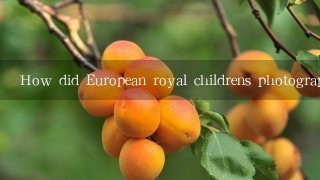How did European royal childrens photography contribute to their public image?

European royal children photography played a significant role in shaping their public image. Through the use of photography, royal families could control the narrative surrounding their children, cultivate positive public perception, and reinforce their authority.
1. Control of Narrative:
Royal photographers had the power to select and arrange photographs that portrayed their children in a positive light. They could choose images that highlighted their accomplishments, talents, and family ties, shaping how the public perceived them.
2. Cultivation of Positive Public Perception:
Photographs of royal children were often used in propaganda and marketing materials to promote the monarchy and its values. They were seen as symbols of stability, prosperity, and national pride.
3. Reinforcement of Authority:
Royal photographers were closely associated with the monarchy and held a significant position of influence. By controlling the release of photographs, they could shape public perception and reinforce the authority of the royal family.
4. Public Relations and Marketing:
Royal photographers played a role in public relations and marketing, showcasing the children's talents and abilities to the public. They could also use photographs to promote tourism and attract foreign investment.
5. Historical Documentation:
Photographs of royal children provided valuable historical documentation of their lives and reign. These images were often preserved and used for official portraits and records.
6. Cultural Influence:
Royal photography also influenced cultural norms and practices. It encouraged the use of formal poses, studio lighting, and candid shots, which became standard in royal portraits and public portraits.
7. Legacy:
European royal children photography has left a lasting legacy, with many of the most famous and iconic photographs of royalty today having their origins in Europe. These photographs continue to be used by royal families and media outlets around the world.
























































